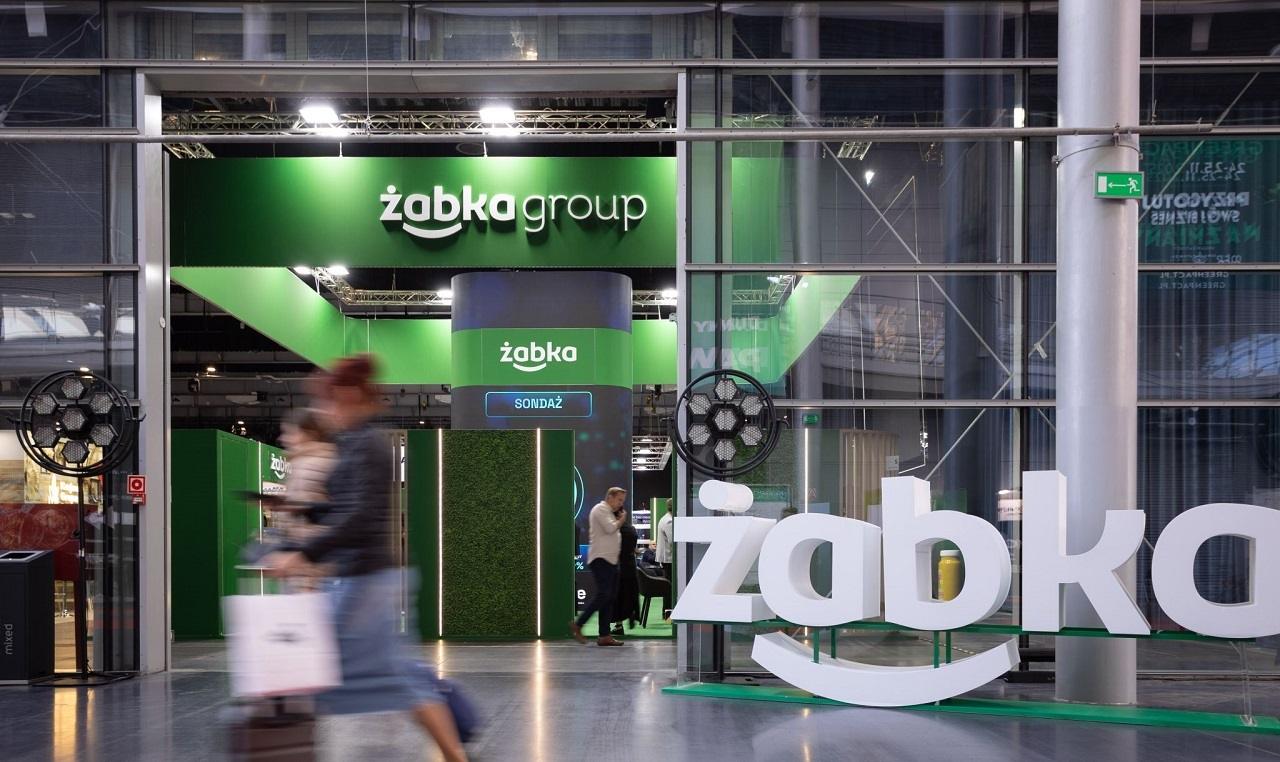The comparison between PEO vs EOR is crucial for businesses considering HR outsourcing solutions. Both options provide valuable services for global employment strategies, but they operate differently in terms of legal responsibilities, compliance, and operational scope. Understanding these differences can help organizations make informed decisions that align with their growth objectives, employee experience, and cost management. This detailed guide explores the key aspects of PEO and EOR, including their benefits, scenarios for use, legal considerations, and real-world case studies, ensuring that companies choose the right partner for their HR and employment needs.
Understanding PEO and EOR
A Professional Employer Organization (PEO) is a HR outsourcing service that companies partner with to manage various human resources functions such as payroll, employee benefits, workers’ compensation, and compliance with employment laws. In a PEO arrangement, the organization and the PEO co-employ the workforce, sharing certain employer responsibilities and liabilities, which simplifies HR management for the client company. This model is especially popular among small to medium-sized enterprises seeking to leverage the PEO’s expertise and scale benefits without establishing a separate legal entity in each location.
On the other hand, an Employer of Record (EOR) acts as the legal employer for a company’s employees, especially in international markets. EOR services take over all legal responsibilities related to employment, including payroll, benefits, taxes, and compliance with local employment laws. The company retains control over the employee’s day-to-day activities, but the EOR handles the legal employment relationship, making it an ideal solution for businesses looking to expand globally without setting up local entities. Both PEO and EOR are essential components of HR outsourcing solutions, but they serve different strategic and operational purposes, especially in the context of global employment strategies.
Key Differences Between PEO and EOR
The primary distinction between PEO and EOR lies in their legal responsibilities and scope of services. A PEO operates as a co-employer, sharing HR functions with the client organization, which retains ultimate control over employee management. This model typically works well within a country where the PEO is authorized to operate, offering benefits like streamlined HR processes and cost efficiencies. Conversely, an EOR acts as the legal employer, assuming full liability for employment-related legal compliance and payroll obligations. This arrangement is particularly advantageous for companies entering international markets, where local laws are complex and require expert navigation. The choice between PEO and EOR hinges on factors such as geographic scope, compliance needs, and the level of control a company wishes to retain over its employees.
Benefits of Using a PEO
Using a PEO can significantly benefit companies by simplifying HR management and reducing administrative burdens. PEOs offer expertise in payroll processing, employee benefits, workers’ compensation, and legal compliance, which can lead to cost savings and efficiency improvements. For small and medium-sized businesses, partnering with a PEO provides access to comprehensive employee benefit packages, which might otherwise be unaffordable or difficult to administer independently. Additionally, PEOs help mitigate risks related to employment law violations, thereby protecting companies from potential legal disputes and penalties. The collaborative nature of PEOs also fosters a more strategic HR approach, allowing businesses to focus on core activities such as growth and innovation.
Furthermore, PEOs facilitate better HR compliance, especially for organizations operating across multiple jurisdictions within the same country, ensuring adherence to local labor laws and regulations. This is particularly crucial as employment laws are constantly evolving, and non-compliance can result in costly legal penalties. Moreover, PEOs often provide scalable solutions that grow with the company, making them an ideal partner for startups and expanding firms. By outsourcing HR functions to a PEO, organizations can also improve employee satisfaction through access to robust benefits and a streamlined onboarding process, ultimately fostering a positive workplace culture.
Advantages of Partnering with an EOR
Partnering with an EOR offers distinct advantages, especially for companies aiming to expand their global footprint quickly and compliantly. An EOR assumes the legal responsibilities of employment, including payroll, taxes, benefits, and compliance with local labor laws in foreign jurisdictions. This arrangement allows companies to avoid the complex process and costs associated with establishing a legal entity in each country they wish to operate within. EOR services enable organizations to hire employees in new markets effortlessly, facilitating rapid expansion and entry into emerging regions without the bureaucratic delays typically involved in setting up local subsidiaries.
In addition to simplifying international expansion, EORs also mitigate legal and compliance risks by ensuring adherence to local employment laws and regulations. This is particularly valuable in countries with complex legal landscapes, where missteps can lead to penalties, fines, or legal disputes. EOR partnerships provide a seamless experience for employees, offering local benefits, payroll, and HR support aligned with regional standards. Companies can thus focus on strategic growth initiatives while trusting the EOR to handle day-to-day legal and HR responsibilities. Moreover, this approach is highly flexible, allowing for quick scaling up or down depending on market conditions, making it an attractive option for project-based or seasonal workforce needs.
Scenarios: When to Choose PEO or EOR
Deciding whether to opt for a PEO or an EOR depends on numerous factors, including geographic scope, legal considerations, and operational control. For companies operating solely within a single country, particularly in the United States, a PEO is often the most suitable choice, especially if they seek to streamline HR processes, offer enhanced benefits, and reduce compliance risks. PEOs are particularly beneficial for small to medium-sized businesses that want to focus on core operations without getting bogged down by HR administration. They are also ideal when the organization prefers to maintain a degree of control over employee management while leveraging the PEO’s expertise.
Conversely, an EOR is more appropriate when a company intends to expand internationally or hire employees in countries where establishing a legal entity is impractical or unnecessary. EORs are suited for organizations seeking rapid market entry, compliance assurance, and legal risk mitigation, especially in regions with complex employment laws or volatile regulatory environments. For instance, startups or multinational corporations entering emerging markets often prefer EOR services to ensure legal employment without the need for costly local entity setup. Additionally, businesses looking for a flexible workforce or managing short-term projects in foreign countries often find EORs to be the most efficient solution.
Legal and Compliance Considerations
Legal and compliance considerations are central to choosing between PEO and EOR arrangements. A PEO operates under the legal jurisdiction of the country where it is registered, sharing employment responsibilities with the client organization. This means that the PEO must be compliant with local employment laws and regulations, and the client retains some degree of control over employment decisions. However, the PEO assumes liability for payroll, benefits, and legal compliance, which reduces the risk for the client company. It is essential for organizations partnering with PEOs to vet the provider’s compliance credentials and ensure alignment with local laws, especially when operating in multiple jurisdictions.
In contrast, an EOR assumes full legal responsibility for employment in the host country, acting as the official employer on record. This makes EORs the go-to solution for companies navigating complex or unfamiliar legal environments, particularly in international markets. EOR providers must be highly knowledgeable of local labor laws, tax regulations, and employee rights to ensure compliance. Failure to adhere to local employment laws can result in legal disputes, fines, or even criminal liability. Therefore, organizations should thoroughly evaluate the legal expertise of their EOR partner and confirm that they are fully compliant with regional employment standards and reporting obligations. Both PEO and EOR arrangements require diligent legal due diligence to mitigate risks and ensure smooth operations.
Cost Comparison: PEO vs EOR
The cost implications of PEO versus EOR arrangements can significantly impact an organization’s decision-making process. PEOs typically charge a percentage of the total payroll or a fixed fee per employee, which includes services like payroll processing, benefits administration, and compliance management. These costs are often predictable and can be integrated into existing HR budgets, especially for companies operating within a single country. PEOs may also offer tiered service packages, allowing organizations to choose the level of support they need, which can influence overall costs. For small and medium-sized businesses, PEOs often provide cost-effective solutions that enable access to comprehensive benefits and HR expertise without the need to establish a full HR department.
In contrast, EOR costs are generally higher on a per-employee basis because they encompass legal employment responsibilities, compliance, payroll, taxes, and benefits in foreign jurisdictions. EOR providers often charge a setup fee and a monthly fee per employee, which can vary depending on the country and complexity of local employment laws. While the initial costs of EOR may be higher, they can result in savings by avoiding the expenses associated with setting up and maintaining a local legal entity, especially in regions with high operational costs or complex legal requirements. Additionally, EOR costs should be weighed against the strategic benefits of rapid international expansion and risk mitigation, which can outweigh the higher expense for companies looking to enter new markets quickly and compliantly.
Impact on Employee Experience
The choice between PEO and EOR arrangements can influence the employee experience significantly. PEOs typically provide a more integrated employee experience within the context of a co-employment relationship. Employees are usually employed directly by the client company, with the PEO serving as a partner in benefits administration, payroll, and compliance. This setup can foster a sense of belonging and alignment with the company’s culture, especially if the organization maintains direct communication and engagement strategies. PEOs often offer comprehensive benefits packages, including health insurance, retirement plans, and wellness programs, which enhance employee satisfaction and retention.
On the other hand, an EOR acts as the official employer, meaning that employees are technically employed by the EOR entity, even though their day-to-day work is directed by the client company. This can sometimes create a perceived disconnect between employees and the client organization, especially if communication channels are not well managed. However, EORs are increasingly focusing on improving the employee experience by providing local benefits, support, and onboarding processes that align with regional standards. For international employees, EORs ensure compliance with local employment laws and offer benefits that meet regional expectations, which is crucial for engagement and retention. Ultimately, both models can deliver positive employee experiences when managed effectively, but organizations must consider how the legal employment structure influences employee perceptions and satisfaction.
Integrating PEO/EOR with Existing HR Systems
Effective integration of PEO or EOR services with existing HR systems is essential for seamless HR management and operational efficiency. Many PEOs and EOR providers offer APIs and digital platforms that can connect with enterprise HRIS (Human Resource Information System) and payroll systems, enabling real-time data sharing and streamlined workflows. For organizations already using sophisticated HR platforms, it is vital to ensure compatibility and smooth integration to avoid data silos and duplicated efforts. Proper integration facilitates accurate payroll processing, benefits administration, compliance reporting, and employee data management, reducing administrative overhead and minimizing errors.
Furthermore, organizations should evaluate the scalability and flexibility of their chosen PEO or EOR platform to accommodate future growth and evolving HR needs. Cloud-based solutions are increasingly preferred due to their accessibility, ease of updates, and ability to support remote or distributed teams. Training HR staff and managers on how to leverage these integrations maximizes the value of outsourcing partnerships. Ultimately, aligning PEO/EOR services with existing HR infrastructure ensures a cohesive employee experience, simplifies compliance, and enhances operational efficiency, allowing HR teams to focus on strategic initiatives rather than administrative tasks.
Case Studies: Businesses Leveraging PEO and EOR
Many organizations have successfully utilized PEO and EOR services to streamline HR functions, expand into new markets, and manage workforce complexities. For example, a rapidly growing startup in the United States partnered with a PEO to manage payroll, benefits, and compliance, enabling the company to focus on product development and customer acquisition without HR distractions. The PEO’s expertise helped reduce administrative costs and offered competitive benefits, which contributed to higher employee satisfaction and retention. This case exemplifies how PEOs are ideal for domestic companies seeking HR efficiency and employee engagement.
In contrast, a multinational corporation looking to establish a presence in Southeast Asia employed an EOR to hire local employees quickly and legally. The EOR provided comprehensive local compliance, payroll management, and benefits administration, allowing the company to operate in the region without the delays and costs associated with setting up a legal entity. This strategic move enabled rapid market entry and helped the corporation adapt to regional employment practices effectively. Such success stories highlight the strategic value of EOR services for international expansion and legal compliance in complex legal environments.
Frequently Asked Questions
What is the difference between a PEO and an EOR?
A PEO operates as a co-employer, sharing HR responsibilities with the client company, and is typically used within a single country to streamline HR processes. An EOR, on the other hand, acts as the legal employer for employees, especially in international markets, handling all employment legalities and compliance while the client manages daily operations.
How do I decide between using a PEO or an EOR?
The decision depends on your company’s geographic scope and growth plans. Use a PEO for domestic HR management and benefits administration within a country. Opt for an EOR when expanding internationally or hiring in regions with complex legal environments to ensure compliance and legal employment.
What are the cost implications of PEO vs EOR?
PEO costs are generally based on a percentage of payroll or fixed fees within a country, offering predictable expenses. EOR costs tend to be higher per employee, reflecting the legal responsibilities and compliance management, but can provide cost savings by avoiding local entity setup costs in international markets.
Can a company use both PEO and EOR services simultaneously?
Yes, some organizations leverage both models to optimize their HR and global employment strategies, using PEOs domestically and EORs for international expansion, ensuring compliance and operational efficiency across different regions.
How do PEO and EOR services affect employee benefits and compliance?
Both models aim to enhance benefits and ensure compliance, but PEOs integrate benefits into the co-employment framework, while EORs provide local benefits tailored to regional standards. Both ensure legal compliance, minimizing legal risks and improving employee satisfaction when managed effectively.









